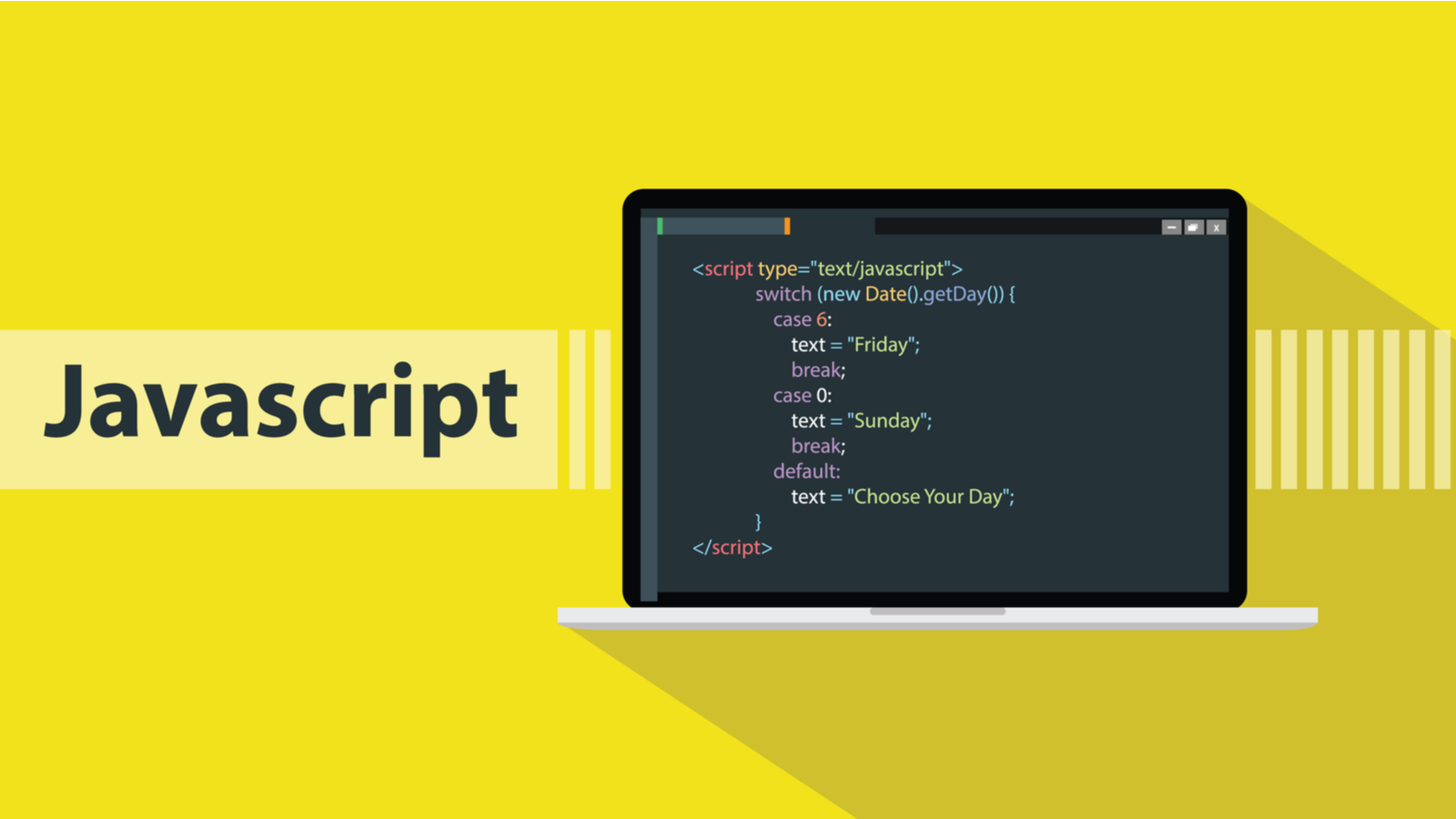641 字
3 分钟
new操作符都干了什么
new是什么
因为比较简单,直接看一个例子复习一下:
function Person(name,age) {
this.name = name
this.age = gae
}
Person.prototype.sayName = function () {
console.log(this.name)
}
const p1 = new Person('Ocean',20)
console.log(p1) // Person {name:'Ocean',age:20}
p1.sayName() // 'Ocean'
new通过构造函数Person创建出来的实例可以访问到构造函数中的属性new通过构造函数Person创建出来的实例可以访问到构造函数原型链中的属性(即实例与构造函数通过原型链连接了起来)
1. 在构造函数中显式加上返回值,并且返回值是一个原始类型
function Test(name) {
this.name = name
return 1
}
const t = new Test('Ocean')
console.log(t.name) // 'Ocean'
TIP 可以发现,构造函数中返回一个原始值,然而这个返回值并没有作用
2. 在构造函数中返回一个对象
function Test(name) {
this.name = name
console.log(this) // Test {name:'Ocean'}
return {age:20}
}
const t = new Test('Ocean')
console.log(t) // {age:20}
console.log(t.name) // undefined
WARNING 从上面可以发现,构造函数如果返回值为一个对象,那么这个返回值会被正常使用
new的流程🏷
TIP
- 创建一个新的对象
obj- 将对象与构造函数通过原型链连接起来
- 将构造函数中的this绑定到新建的对象上
- 根据构造函数返回类型作判断,如果是原始值则忽略,如果返回的是对象,就正常处理
手写new操作符🏷
实现
function my_new(Func,...args) {
// 创建一个新对象
const obj = {}
// 新对象的原型指向构造函数原型对象
obj._proto_ = Func.prototype
// 将构造函数的this指向新对象
let result = Func.apply(obj,args)
// 根据返回值判断
return result instanceof Object? result : obj
}
测试
function my_new(Func,...args) {
// 创建一个新对象
const obj = {}
// 新对象的原型指向构造函数原型对象
obj._proto_ = Func.prototype
// 将构造函数的this指向新对象
let result = Func.apply(obj,args)
// 根据返回值判断
return result instanceof Object? result : obj
}
function Person(name,age) {
this.name = name
this.age = age
}
Person.prototype.say = function () {
console.log(this.name)
}
let p = my_new(Person,'Ocean',20)
console.log(p) // Person {name:'Ocean',age:20}
p.say() // 'Ocean'
new.target的应用
TIP
new.target属性允许你检测函数或构造方法是否是通过new运算符被调用的在通过new运算符被初始化的函数或构造方法中,
new.target返回一个指向构造方法或函数的引用。在普通的函数调用中,new.target的值是undefined。
function Foo() {
if (!new.target) throw "Foo() must be called with new";
console.log("Foo instantiated with new");
}
Foo(); // throws "Foo() must be called with new"
new Foo(); // logs "Foo instantiated with new"

